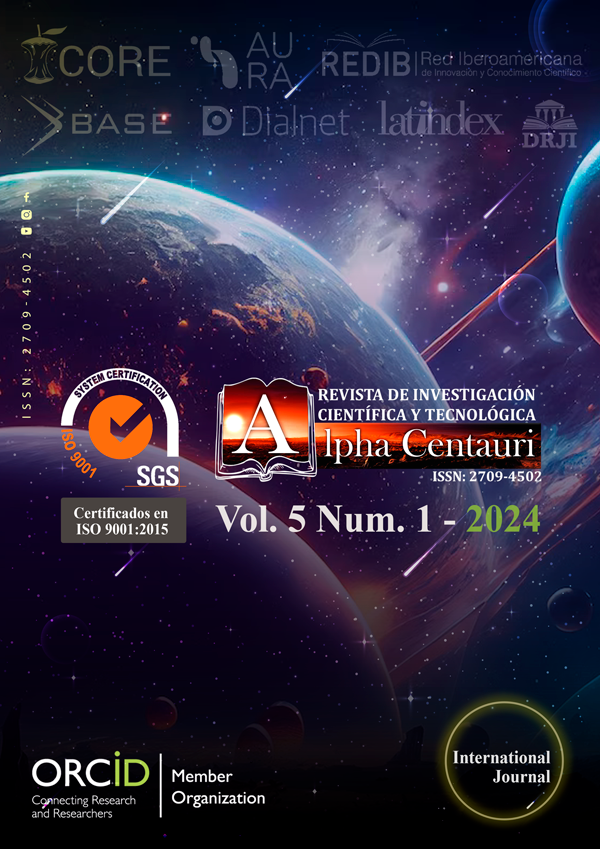Abstract
The purpose of the research was to know the effect of teaching strategies on the important learning of environmental protection among students at the Horacio Zevallos Gámez educational institution. The research is applied, explanatory, quasi-experimental, quantitative. The study was carried out at the “Horacio Zevallos Gámez” educational institution in Colpa Tuapampa, Chota, Department of Cajamarca, Peru. In the methodology, we worked with 50 students; 10 students from the first to the fifth participated in each class, and 5 of the 10 students were from the control group and 5 students from the experimental group, where a survey was applied at the beginning of the training and a second survey at the end. . end of training, comparing groups with each other. The survey covered 5 environmental topics that had the greatest impact in the region, each topic had 7 questions (energy conservation, water management, soil protection, air pollution and value of biodiversity. The results obtained were very important in the post-experiment poster). -The test received high scores of up to 18, unlike the students in the control group who obtained at least 04. In short, we can say that meaningful learning didactic strategies are a very good way to stop environmental problems, starting from the smaller ones is very important, and educating and raising awareness is our task as environmentalists.
References
Oxfan, I. (2022). Los 7 problemas del medio ambiente más graves. Barcelona. https://bit.ly/3VEzXPQ
Angora, (21 de octubre 2020). Madrid. Diario el agua. Ahorrar energía para salvar el planeta. https://bit.ly/3Tjd2bm
Organización de las Naciones Unidas para la Alimentación y la Agricultura [FAO], (2022). Conservación del Suelo. https://www.fao.org/soils-portal/soil-management/conservacion-del-suelo/es/
Marcos, A. (2015). ¿Por qué es buena la biodiversidad? Una visión humanista del valor de la biodiversidad. Revista Colombiana De Bioética, 7(2), 45–56. https://doi.org/10.18270/rcb.v7i2.809
Ceballos, & Zapata. (2010). Opinión y rol del perfil del educador para la primera infancia. Revista Latinoamericana de ciencias sociales, niñez y juventud. Vol 8, 1069- 1082.
Cerda, H. (1996). Educación, preescolar, historia, legislación curriculo y realidad socioeconomica. Bogotá: Magisterio.
Kotliarenco, M. A., Armijo, I., Caceres, I., & Traverso, A. (1995). La comunicación en el proceso de aprendizaje: una experiencia preescolar. CEANIM, (pág. 108). Santiago.
Meléndez, V. (2006). Valor económico de la biodiversidad. Gestión de los Recursos Naturales.https://www.cicy.mx/Documentos/CICY/Sitios/Biodiversidad/pdfs/Cap9/01%20Valor%20economico%20de%20la%20biodiversidad.pdf

This work is licensed under a Creative Commons Attribution 4.0 International License.
Copyright (c) 2024 Roxana Mabel Sempértegui Rafael, Jose Magno Quiroz Gonzales, Alfonso Sánchez Rojas, Víctor Cipriano Huanacuni Ajrota, José Alberto Carlos Ramos


